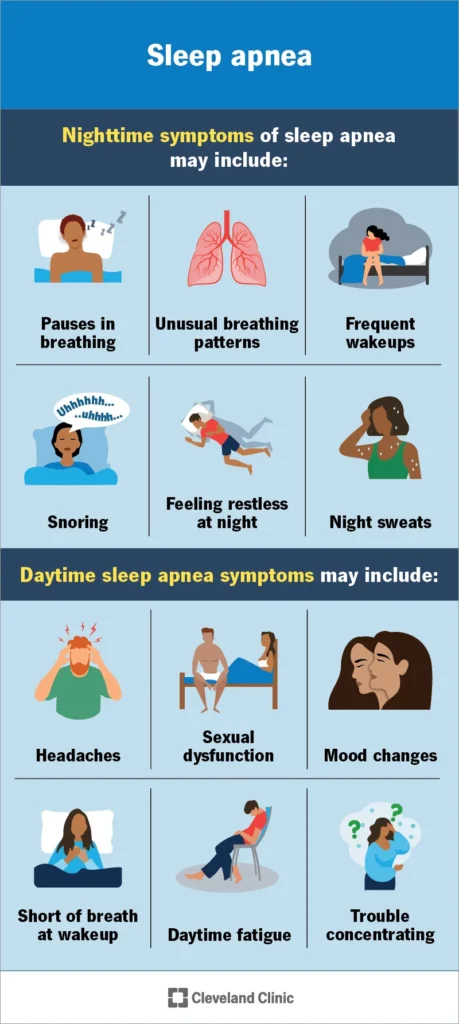Snoring is a common problem that affects millions of people worldwide, with heavy snoring being a major issue for both the snorer and their partner. Apart from causing sleep disturbances and leading to daytime fatigue, heavy snoring can also be a sign of a more serious condition called sleep apnea. While there are various treatment options available for snoring, one of the most effective and non-invasive solutions is the use of mouthpieces. In this blog post, we will delve into the science behind mouthpieces for heavy snorers, understanding the mechanics and how they can help alleviate snoring and improve sleep quality.
To understand how mouthpieces work, we first need to understand the causes of snoring. Snoring occurs when the muscles and tissues in the throat relax during sleep, causing the airway to narrow. This narrowing of the airway leads to vibrations in the tissues, resulting in the characteristic snoring sound. For heavy snorers, this narrowing can be more severe, leading to partial or complete blockage of the airway, resulting in sleep apnea.
Mouthpieces, also known as mandibular advancement devices (MADs), work by bringing the lower jaw forward, which in turn helps to open up the airway. This forward movement of the jaw increases the space at the back of the throat, reducing the chances of the airway becoming blocked. This mechanism is similar to how we naturally hold our jaw forward when we are awake, such as when we yawn or when we are chewing food.
The design of mouthpieces can vary, but they generally consist of two trays that fit over the upper and lower teeth. These trays are connected by a hinge, and there is a mechanism to adjust the positioning of the lower tray, allowing for the forward movement of the jaw. This adjustment is usually done by the user, and it is essential to find the right position that provides the most effective results without causing any discomfort.
Mouthpieces are also designed to keep the tongue from falling back and blocking the airway. The tongue is a large muscle that can contribute to airway obstruction, especially for those who sleep on their back. By holding the jaw forward, mouthpieces also help to keep the tongue in a more forward position, reducing the chances of it blocking the airway.
Apart from physically opening up the airway, mouthpieces also have a psychological effect on snoring. Snoring can be influenced by our sleeping position, with sleeping on the back being more likely to cause snoring. Mouthpieces, by keeping the jaw forward, encourage the user to sleep on their side, which can reduce snoring. Additionally, mouthpieces can also help to train the muscles in the throat to stay in a more forward position, reducing the chances of snoring even when not wearing the mouthpiece.

The Science Behind Mouthpieces for Heavy Snorers: Understanding the Mechanics
One of the key factors in the effectiveness of mouthpieces is the level of customization. Custom-made mouthpieces, which are usually made by a dentist, provide a better fit and positioning compared to over-the-counter options. This is because they are specifically designed to fit the user’s mouth and jaw, ensuring maximum comfort and effectiveness.
It is also essential to note that mouthpieces may not work for everyone. In cases where snoring is caused by nasal congestion or other underlying medical conditions, mouthpieces may not be as effective. It is always recommended to consult a doctor before using any anti-snoring device, especially if you have sleep apnea or any other medical condition.
In addition to helping with snoring, mouthpieces can also provide relief for those suffering from obstructive sleep apnea (OSA). OSA is a sleep disorder where the airway becomes blocked during sleep, leading to pauses in breathing. These pauses can last for a few seconds to minutes and can occur multiple times during the night, causing disruptions in sleep and leading to daytime fatigue. Mouthpieces can help by keeping the airway open and preventing these pauses from occurring.
In conclusion, mouthpieces are a scientifically proven and effective solution for heavy snorers and those with mild to moderate sleep apnea. By understanding the mechanics behind how they work, we can see how they can help alleviate snoring and improve sleep quality. However, it is essential to consult a doctor before using any anti-snoring device, as not all cases of snoring can be treated with mouthpieces. With the right fit and proper use, mouthpieces can provide much-needed relief for heavy snorers and improve their overall quality of life.
Summary:
Snoring is a common problem that affects many people and can be a sign of a more serious condition called sleep apnea. Mouthpieces, also known as mandibular advancement devices (MADs), are an effective and non-invasive solution for heavy snorers and those with mild to moderate sleep apnea. They work by bringing the lower jaw forward, opening up the airway and preventing the tongue from falling back and blocking the airway. Customization and proper use are essential for maximum effectiveness. However, it is necessary to consult a doctor before using any anti-snoring device.
